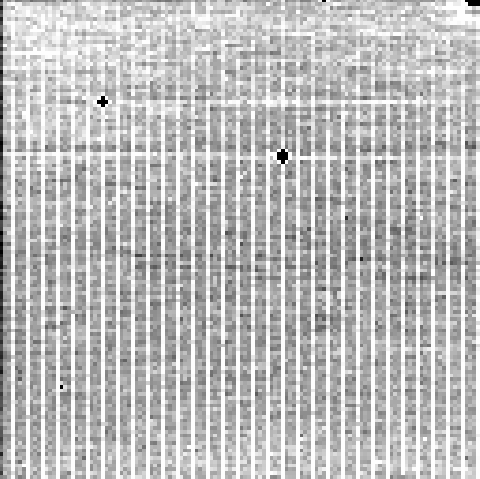
Figure 1: 24 micron dark calibration image, a coaddition of 45 10-second exposures. The data range from ~ 0 to 2.5 DN/s.
Principal:
Deputy:
Analyst:
AORKEYS:
Last Updated:
All data were processed with DAT version 2.15 in order to derive calibrated images; DCEs (not including those with bias boosts) were coadded using mips_enhancer with the dark flag turned on. The read noise was calculated by running the IDL script get_rdnoise, which has been modified to reject cosmic rays from 24 micron SUR data.
Figure 1 shows the coadded dark calibration image. The illumination pattern and mean counts are nearly identical to darks obtained on the ground. The read noise was measured from these data, with a value 42.4 +/- 7.8 e. Note that this data set is not optimal for read noise measurments since it contains multiple bias boost frames (an additional set of darks with 35 DCEs containing only one boost frame, dedicated for optimal read noise measurements, will be taken beginning in Campaign O). Nevertheless, the numbers are in the range that has been measured on the ground (see the read noise log).

Figure 1: 24 micron dark calibration image, a coaddition of 45 10-second
exposures. The data range from ~ 0 to 2.5 DN/s.
The routine dark calibration and read noise are nominal.